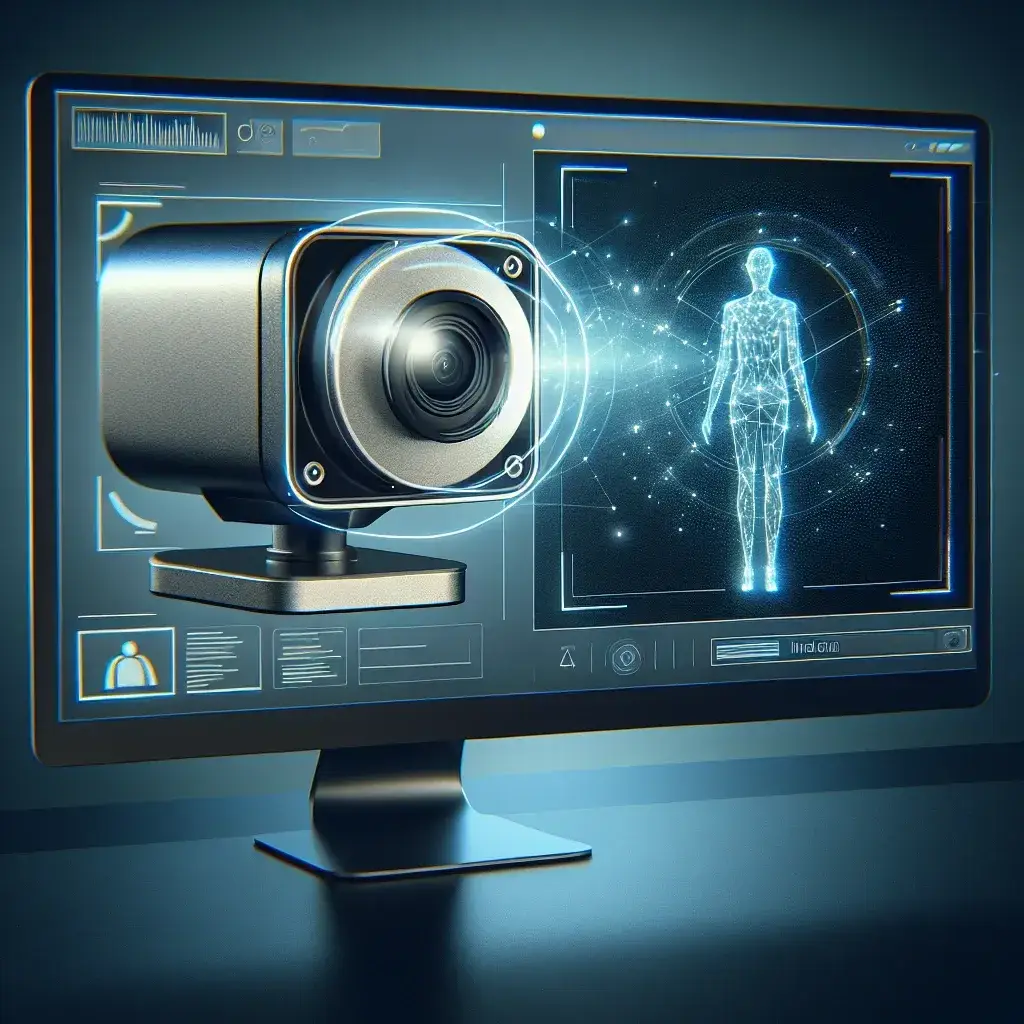In the ever-evolving landscape of digital communication, the integration of Artificial Intelligence (AI) in webcams has brought about significant enhancements. AI-powered framing and tracking technologies are becoming increasingly common, providing users with a sophisticated and seamless experience. But why is this technology so important, and what benefits does it offer?
The Rise of AI-Powered Webcams
The advent of AI in webcam technology has transformed simple devices into smart gadgets capable of delivering professional-quality video streaming. Here, we delve into the reasons behind this shift:
| Aspect | Traditional Webcams | AI-Powered Webcams |
|---|---|---|
| Framing | Manual or fixed | Automatic framing |
| Tracking | None or basic | Advanced facial and movement tracking |
| User Experience | Static and limited | Dynamic and interactive |
| Usage | Conventional | Enhanced for various applications |
Enhanced User Experience
One of the primary reasons for integrating AI-powered framing and tracking into webcams is to elevate the user experience. Whether for personal or professional use, dynamic framing ensures that the subject stays in focus, enhancing the overall quality of video calls and recordings.
Automatic Framing
AI-driven automatic framing adjusts the webcam’s focus and framing in real-time. This feature utilizes facial recognition and movement detection algorithms to ensure the subject remains centered and properly framed, even as they move around.
Advanced Tracking
AI-powered tracking goes beyond basic motion detection. It can follow the subject, zooming in and out as needed to keep them in view, providing a more immersive and engaging experience. This is especially beneficial for dynamic environments such as online classes, presentations, and live streams.
Applications in Various Fields
AI-powered framing and tracking technology is not limited to casual use; it has significant applications across various fields:
Professional Settings
In professional environments, such as business meetings and virtual conferences, the ability to maintain a well-framed, high-quality video feed can enhance communication and leave a positive impression. AI webcams help in creating a more professional and polished image during important video calls.
Education
In the realm of online education, AI webcams can ensure that teachers remain in focus, providing clear and uninterrupted instruction. This technology can also track students during discussions and group activities, creating a more interactive and engaging learning environment.
Content Creation
For content creators, such as vloggers and live streamers, AI-powered webcams offer the convenience of hands-free operation while ensuring that their video content remains dynamic and professionally framed. This technology allows them to focus on content creation without worrying about camera adjustments.
The Technology Behind AI Webcams
Understanding the technology behind AI-powered framing and tracking helps in appreciating its value. These webcams rely on advanced algorithms and machine learning models to process visual data in real-time.
Facial Recognition
AI webcams use facial recognition to identify and focus on the subject’s face. This technology ensures that the subject’s face is always clear and in focus, regardless of movement.
Motion Detection
Motion detection algorithms continuously monitor the subject’s movement within the frame, adjusting the camera angle and zoom to keep the subject in view. This ensures a smooth and uninterrupted video feed.
Machine Learning
Machine learning models enable AI webcams to learn and adapt to different environments and lighting conditions, improving performance over time. This adaptability ensures optimal framing and tracking, regardless of external factors.
Future Developments
The integration of AI in webcams is just the beginning. Future developments are expected to bring even more advanced features and enhancements:
Improved Algorithms
Ongoing advancements in AI algorithms will result in more precise and natural framing and tracking, providing an even better user experience.
Integration with Other Technologies
AI-powered webcams may eventually integrate with other smart technologies and devices, creating a more connected and seamless digital ecosystem. This could include voice recognition, gesture controls, and enhanced virtual backgrounds.
Accessibility Features
Future AI webcams might also focus on accessibility, introducing features that assist users with disabilities, ensuring that everyone can benefit from this technology.
Conclusion
The adoption of AI-powered framing and tracking in webcams represents a significant leap forward in video communication technology. By enhancing user experience, providing dynamic framing, and offering applications across various fields, AI webcams are setting new standards for digital communication. As technology continues to evolve, we can expect even more innovative features and improvements in the future.

